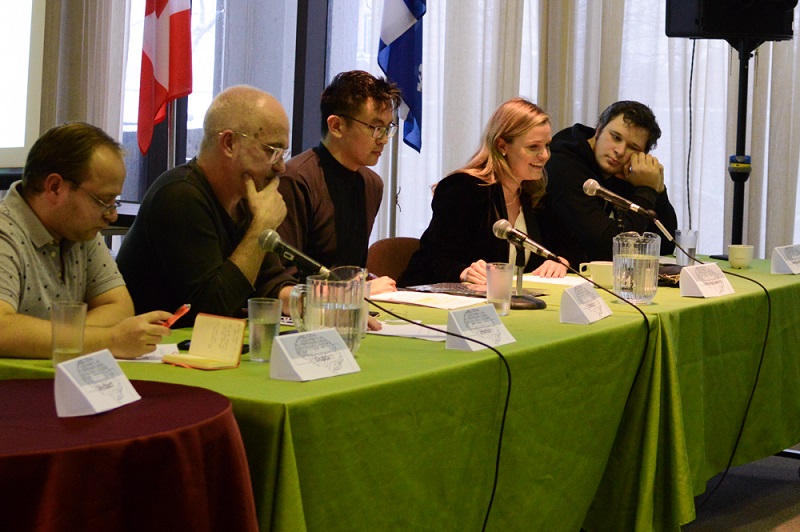Panelists define AI and discuss how this technology will impact society and the workplace
Artificial intelligence (AI) professionals discussed the impact and future of AI in the workplace and its role in society at large during a panel held at Concordia University on March 13.
“The fear of technological anxiety and mass unemployment due to artificial intelligence has been largely proven to be untrue,” said panelist Kai Hsin-Hung, a consultant at the International Training Centre for the International Labour Organization. “Rather than eliminating occupations, AI will most likely replace the tasks and how we are going to be doing them.”
According to Abhishek Gupta, an AI ethics researcher at McGill University, many people don’t fully understand the term AI, and its definition “has been shifting over time.” Gupta defined AI as “the ability of a machine to do a task that was previously thought to be only possible by human intelligence.”
Caroline Bourbonnière, a communications advisor for the research institute Element AI, clarified that, while certain jobs will be replaced with AI, the purpose of converting this work to automatic operations is to allow workers to be more efficient. “All of futurists are wrong about how quickly AI will be affecting the job market,” she said. “We have a lot of reports, and it was found that job creations versus job-loss projections tended to have a very balancing effect.”
Certain dangerous jobs, such as tractor operators and miners, may eventually be replaced by AI technology, but Bourbonnière emphasized that this does not mean AI will replace all jobs. In particular, she discussed how AI technology will be responsible for completing paperwork in the future, which will allow workers to focus on tasks more central to their job.
“In some organizations, people will be spending about two hours a week putting together reports,” Bourbonnière said, offering the example of how “79 per cent of social workers’ work is paperwork. Imagine what they could do with this time. They can be spending it with youth at risk.”
An important subdivision of AI is machine learning, Gupta explained. This refers to a digital system’s ability to “learn” a task that it is not explicitly programmed for. In this process, the digital system is provided with a set of data, which its AI component registers and internalizes. Machine learning is just one of the ways AI can be helpful, rather than a harmful, according to Xavier-Henri Hervé, the executive director of Concordia’s District 3 Innovation Centre.
“I do not think AI is the foe. AI is just reality,” he said. “The foe right now is time. The speed at which this is happening; things are happening a lot faster than anyone is imagining. [AI] is so convenient.“ Hervé reminded the audience that AI is already a component in many everyday devices, such as smartphones. “It is hiding everywhere,” he said.
Bourbonnière added that she believes it’s crucial to democratize AI to prevent large companies from monopolizing the technology, and to allow non-profit organizations to use AI to address issues around the world. “[Democratization] is education—to learn about the technology and not feel intimidated by it,” she said. “It’s important in widening the population’s understand of the technology.”
Feature photo by Mackenzie Lad




